High Scores: A Composer’s Passion for Arcade Gaming – Part 2: Vintage Vs. Replica
Reflections on the 1980s arcade scene, home arcades and retro tech – by way of a tour of my studio arcade.
VINTAGE OR REPLICA?
At the risk of becoming inappropriately techie by even raising such questions on what is supposed to be a composer’s website, I’ll quickly answer this by saying that I enjoy both vintage and replica arcade machines (and retro “re-issue” consoles, for that matter) and try to avoid taking one side or the other in this debate. After all, this isn’t football.
Of the twenty-five or so cabinets I have in the studio arcade, eight are originals, and this balance of new and old I’m more than happy with at the moment.
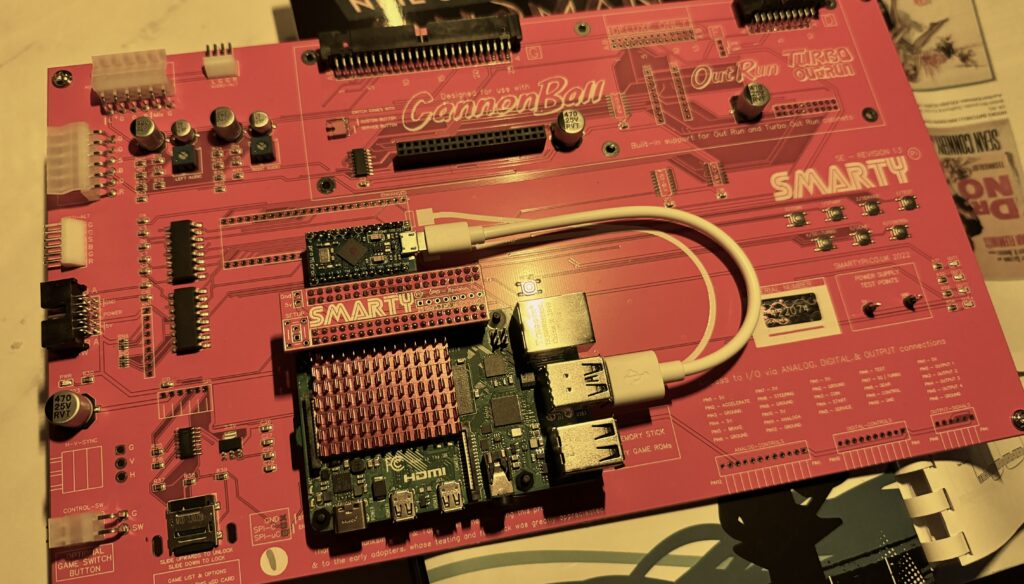
The ongoing war with my younger self has only intensified in 2023, brought on by the frustrating availability of newer, fully-licensed “replicas” from the likes of Arcade 1Up and AtGames. These cabinets – although lacking CRT monitors and being flimsier than the vintage arcade machines they seek to emulate — are quite appealing for the casual arcade fan and, unlike some other “solutions” on offer, don’t rely on the acquisition of illicit ROMs in order to work. I’ve imported quite a few of these cabinets from the US since they hit the scene, and I do quite like them.
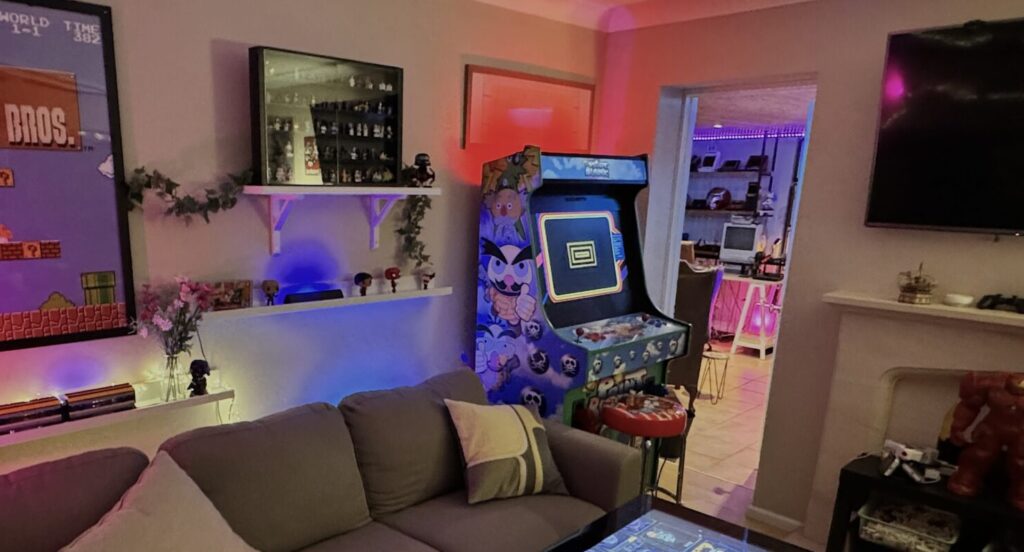
Brought together in a dimly lit room, side by side with the real thing, the replicas successfully manage to create a welcoming arcade vibe – and they sound the part, too, producing the kind of unmistakable arcade soundscape (some might say, cacophony) I fondly remember from my youth.
Deemed somewhat inauthentic by aficionados and arcade purists, I do still wonder if some of these newer replicas (and I use that word loosely) will themselves end up collectible some day, much in the way the many cheap, plastic tabletop games of the 1980s (such as the likes of Grandstand’s Astro Wars – which has also found a place on one of my shelves) have done since their inception. As a kid, I can well remember purists scoffing at those, too, yet nowadays they’re museum pieces and recognised as bona fide vintage. (Or should that be retro? I’ve never really been clear as to the exact meaning of this word. Does it mean old or something more akin to new old – i.e. styled after older products? And does this even matter? Probably not).
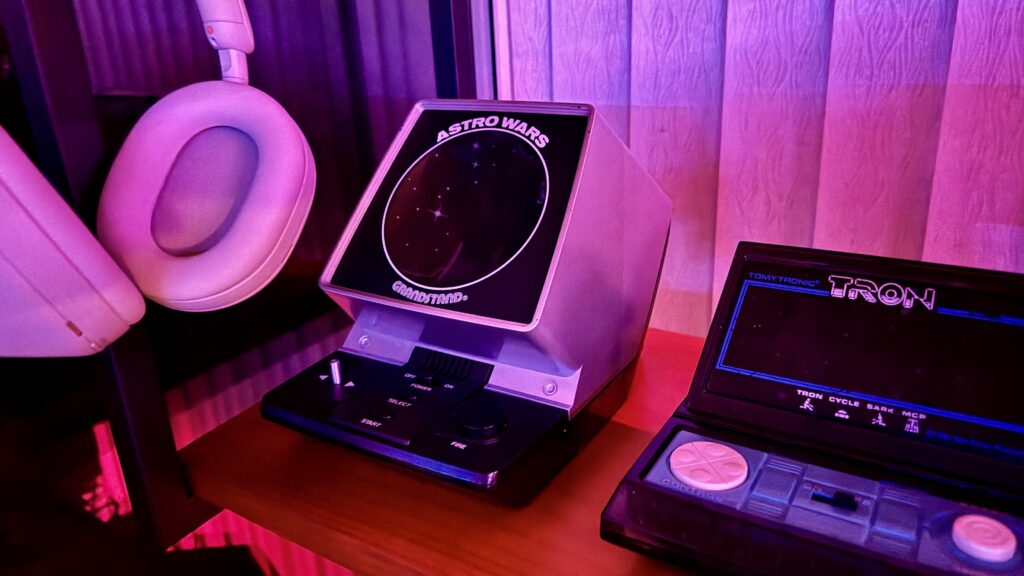
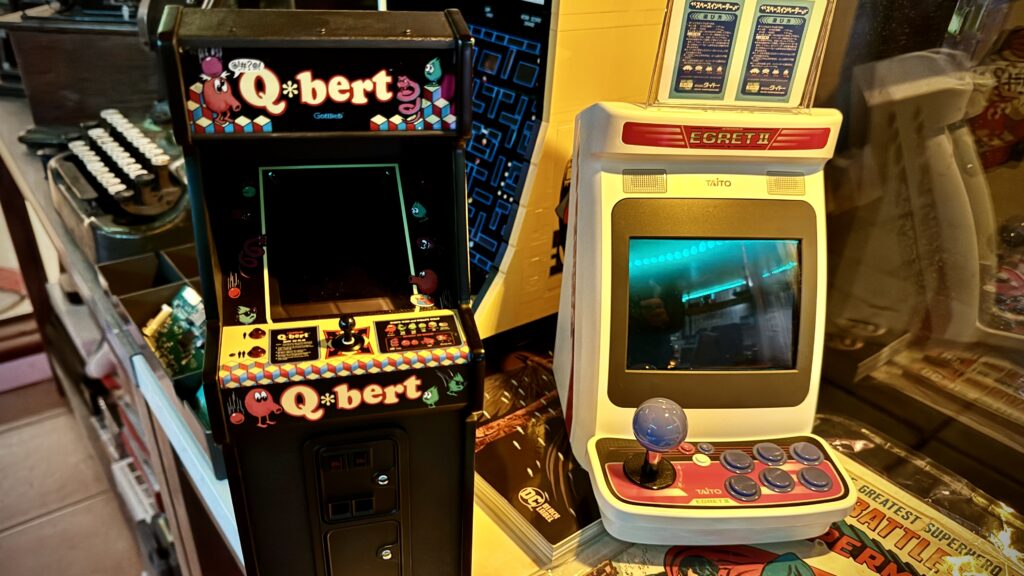
Given enough time, it seems as though almost anything powered by electricity will eventually acquire a degree of retro tech charm — serving as a reminder of just how subjective and, dare I say it, age-related this hobby can actually be. Innovation and quality motivate part of the interest, of course, but nostalgia, cultural impact during one’s formative years, generational influences and so on, all appear to play a fundamental role in the hobby as well.
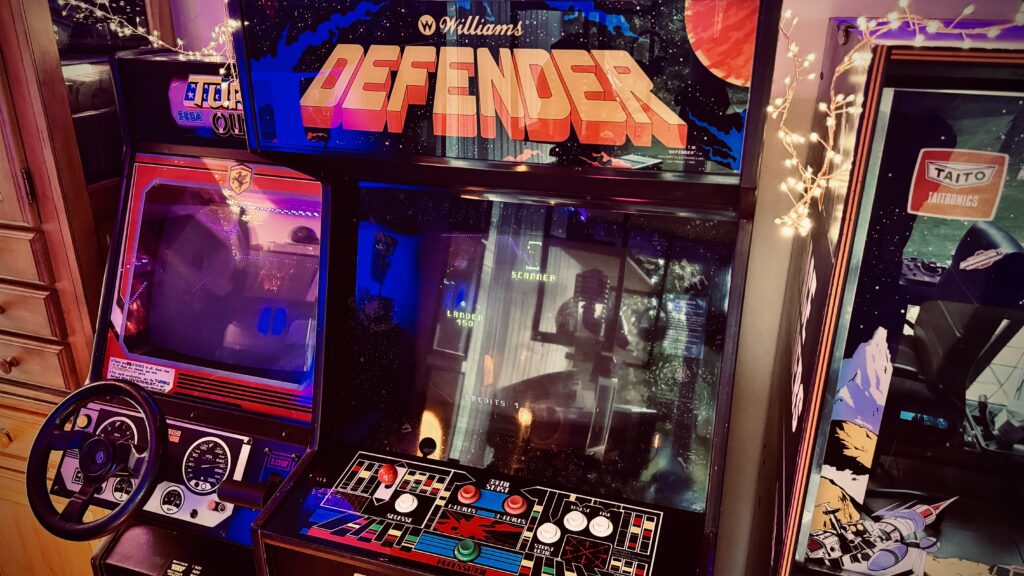
WHERE ARE ALL THE ARCADE MACHINES?
A lot of old consumer technology ends up in landfill – only adding to its mystique and rarity, I imagine. Many arcade machines seem to have shared the same fate, sadly.
Were that not the case, I reckon there would be many more of them in circulation, especially given how many of the things used to exist. What happened to them?
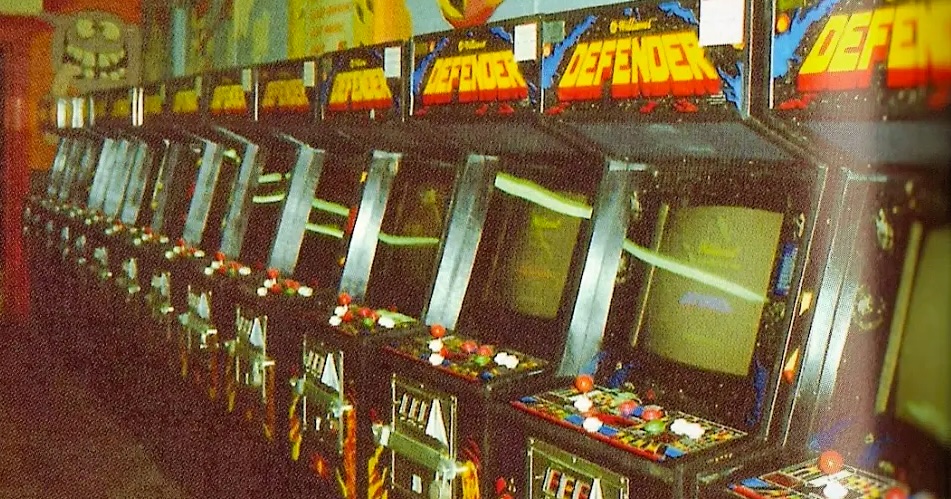
I’ve heard it said that, after various arcade machines fell out of fashion and became commercially unviable to arcade owners during the late 1980s, some of them proved hard to even give away. Many were thrown out, burned, or even dropped into the sea (seriously).
Adding insult to injury, and in clear violation of the Geneva Convention, some arcade machines were drowned and burned. One can only imagine how deranged someone would have to be to attempt to burn a wet arcade machine…
Many arcade machines will simply have fallen into a state of disrepair, with some so old now that it’s becoming difficult to source the custom made replacement parts required to repair them.
WHAT – OR WHEN – IS RETRO?
This is a difficult question, and one I’m not qualified to answer, but according to the podcast, This Week in Retro – of which I am a patron and a fan – “retro” (in gaming, at least) is defined as anything released up to and including the Playstation 3 console.
That’s for now, anyway, as the goalposts are always moving.
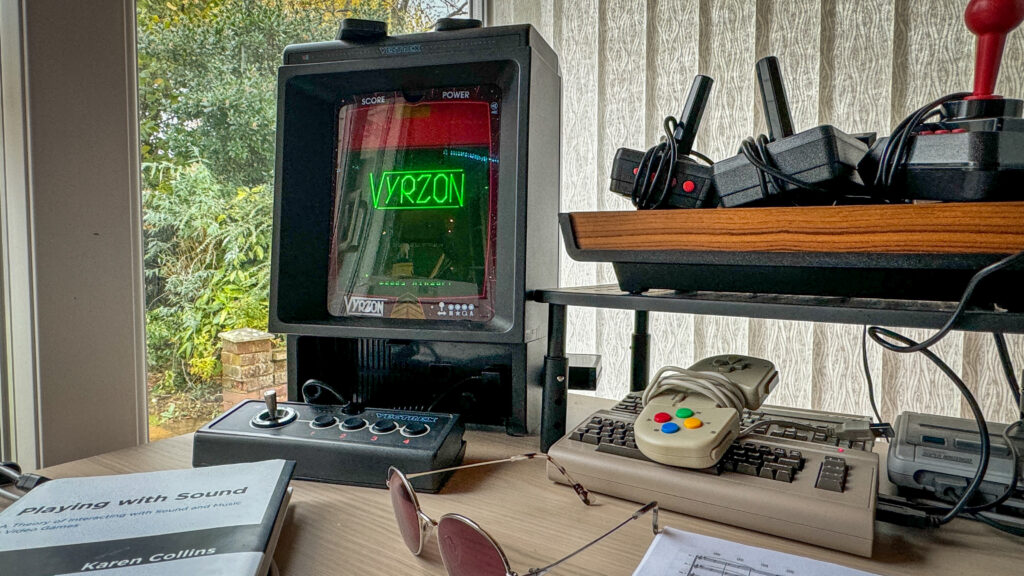
Off-topic a little, I was surprised to learn recently that even some of the games I’ve scored – or have contributed to – during the earliest part of my career are now considered retro/vintage by some, which I find surprising and terrifying in equal measure. Some of the people who occasionally write to me with questions about now apparently old games such as Theme Park World, Privateer: The Darkening, Flight of the Amazon Queen, Freelancer, Space Hulk, Evil Genius, Conquest, Grand Prix 4, Cutthroat Island, Shadow of the Horned Rat and a bunch of others mostly from the 1990s (and even some EA Sports titles and games such as Red Alert 3, which I flat-out refuse to believe are actually “old”) are invariably much younger than I am, growing up during the era in question. This I think says a lot about the nebulous definition of retro.
Retro for me – in games at least – means something entirely different, dating back mostly to the late 1970s and 1980s, the golden era of arcades, the Atari 2600 and the advent of home computers such as the Sinclair ZX Spectrum, Commodore 64 and Amiga. I guess to some even older people, retro reaches further still into the past. (All the way back to minus infinity BC).
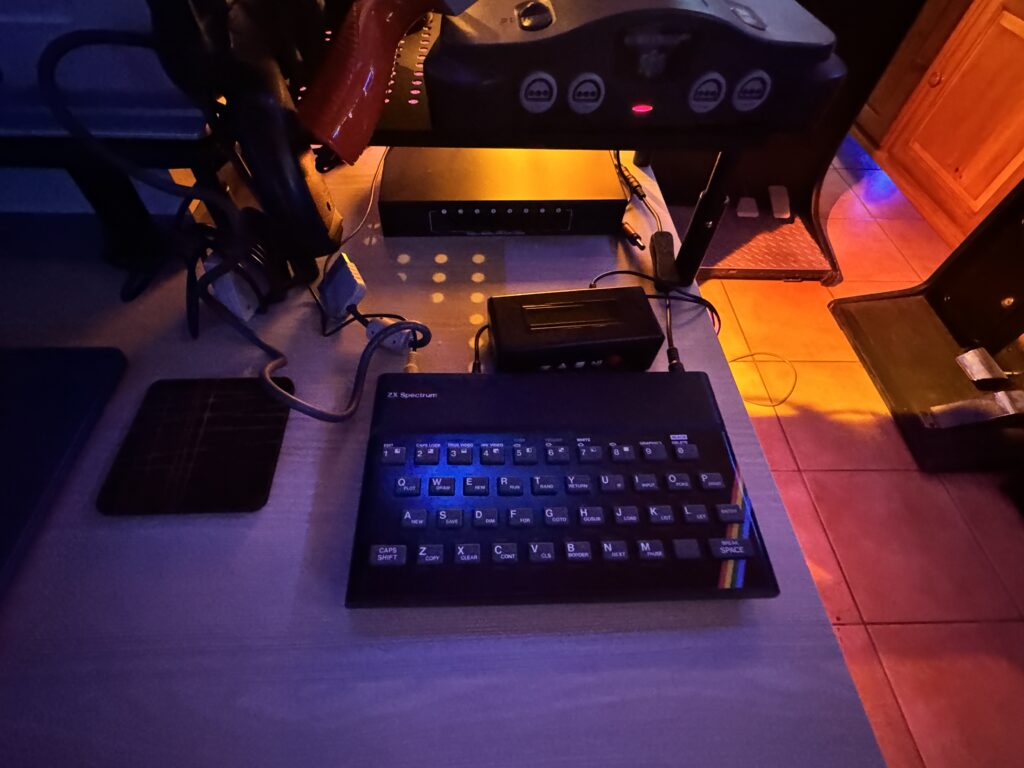
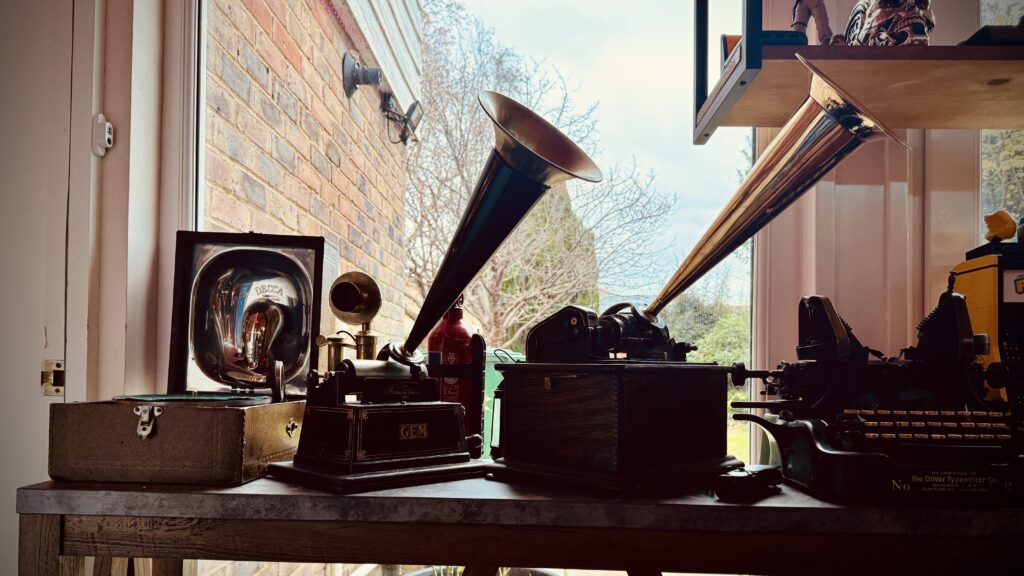
SPACE WARS
Living in the UK, where space is at a premium for the majority of people, I count myself lucky to have an arcade of any description.
Perhaps it’s a general lack of free space found in UK homes that explains why home arcades have never really been a thing here, and may never be. For many on these islands, even accommodating a new espresso machine or toaster presents a huge challenge, so it’s no wonder so few arcade cabinets enter UK homes.
In contrast – if YouTube is any indicator – it would appear that the average suburban house in America can accommodate an entire cinema, arcade, bar and bowling complex. Even espresso machines and toasters get their own rooms.